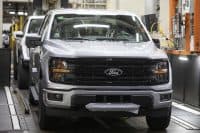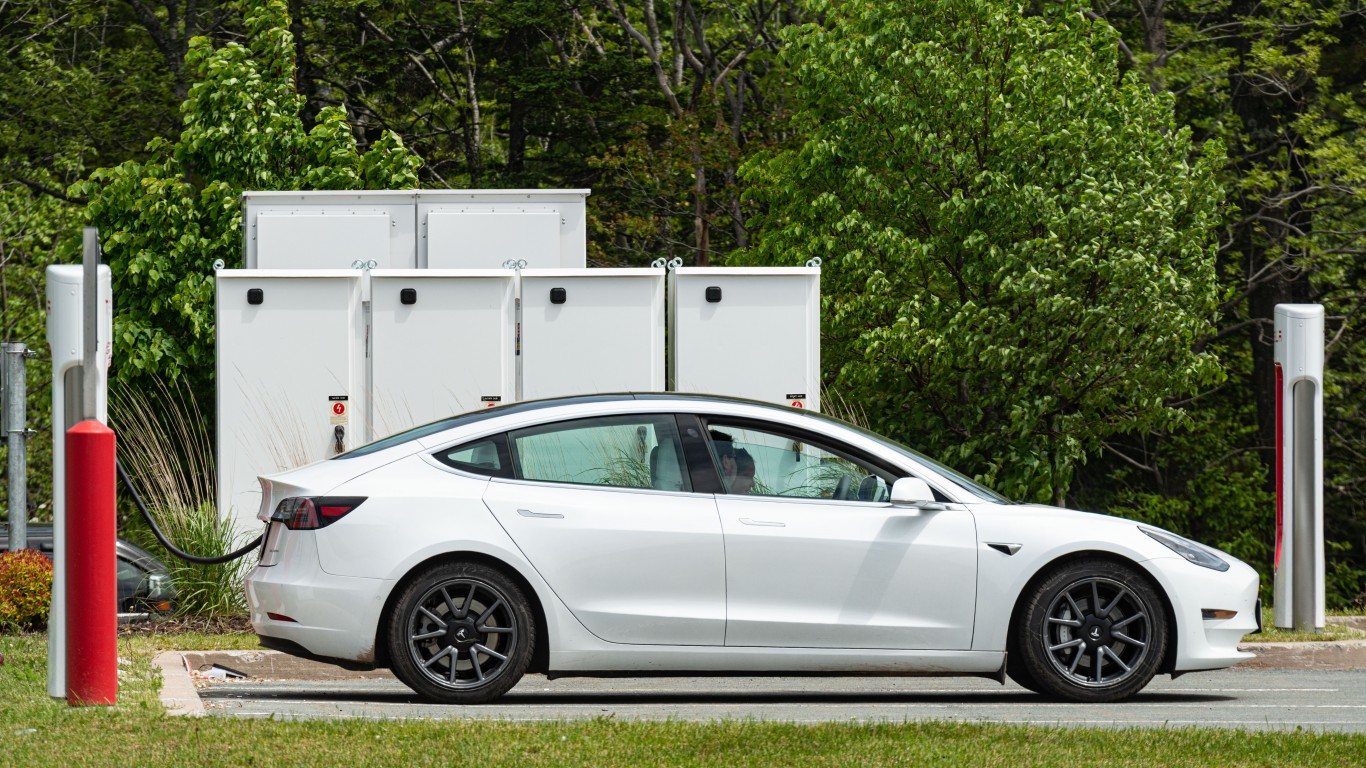
It has been presumed for some time that U.S. new car sales would plunge due to the spread of COVID-19. The drop was nearly unimaginable recently. National unit sales fell 54% in the week that ended April 12 from the pre-virus forecast of highly followed J.D. Power. That forecast was for overall sales in America to be just shy of the 2019 actual figure. In some areas, the situation is much worse. In particular,
It has been presumed for some time that U.S. new car sales would plunge due to the spread of COVID-19. The drop was nearly unimaginable recently. National unit sales fell 54% in the week that ended April 12 from the pre-virus forecast of highly followed J.D. Power. That forecast was for overall sales in America to be just shy of the 2019 actual figure. In some areas, the situation is much worse. In particular, New York City sales were nearly zero for the week.
Through 2019, American car sales had run about 17 million for four years. That put them at or near the highest level in history. Sales in 2015 were nearly as high. In 2009, they fell to 10.4 million, which all but destroyed the industry in the United States. General Motors Co. (NYSE: GM) went bankrupt in June 2009. The Treasury put $51 billion up to save the manufacturer. Chrysler went bankrupt in April of the same year, and Fiat took a large position in the company. Ford Motor Co. (NYSE: F) barely escaped filing for bankruptcy.
While it is too early to tell whether the American manufacturers will need to take drastic financial action, it should be noted that all have said they have enough cash on hand to weather a multimonth storm. However, they will hit a wall if sales remain down by half for several months, compared with forecasts made at the start of 2020.
The problem with new car sales is largely regional. J.D. Power reports that 23 states allow only remote or online sales. These include some of the biggest states by population: California, New York, Illinois and Virginia. In Pennsylvania, Kentucky and Hawaii, sales have been banned completely.
Detroit joins New York as a market with close to zero sales for the week of April 12. The primary reason is that both cities are coronavirus hotspots. The Bing COVID-19 Tracker indicates that New York City has 118,302 cases and 10,899 deaths. Each count is suspected to be well below real levels. Wayne Country, which is largely made up of Detroit, has 12,544 cases and 844 deaths. That is more than much larger Los Angeles County, which has 10,512 cases and 403 deaths.
Extremely low car sales will mean substantial layoffs at the large car companies and their dealers. Very few dealers have enough cash on their balance sheets to last the year, if the market does not recover. That almost certainly will be true in New York, unless sales rebound sharply from zero.
New York City sales were nearly zero for the week.
Through 2019, American car sales had run about 17 million for four years. That put them at or near the highest level in history. Sales in 2015 were nearly as high. In 2009, they fell to 10.4 million, which all but destroyed the industry in the United States. General Motors Co. (NYSE: GM) went bankrupt in June 2009. The Treasury put $51 billion up to save the manufacturer. Chrysler went bankrupt in April of the same year, and Fiat took a large position in the company. Ford Motor Co. (NYSE: F) barely escaped filing for bankruptcy.
While it is too early to tell whether the American manufacturers will need to take drastic financial action, it should be noted that all have said they have enough cash on hand to weather a multimonth storm. However, they will hit a wall if sales remain down by half for several months, compared with forecasts made at the start of 2020.
The problem with new car sales is largely regional. J.D. Power reports that 23 states allow only remote or online sales. These include some of the biggest states by population: California, New York, Illinois and Virginia. In Pennsylvania, Kentucky and Hawaii, sales have been banned completely.
New York is joined by Detroit as a market with close to zero sales for the week of April 12. The primary reason is that both cities are coronavirus hotspots. The Bing COVID-19 Tracker indicates that New York City has 118,302 cases and 10,899 deaths. Each count is suspected to be well below real levels. Wayne Country, which is largely made up of Detroit, has 12,544 cases and 844 deaths. That is more than much larger Los Angeles County, which has 10,512 cases and 403 deaths.
Extremely low car sales will mean substantial layoffs at the large car companies and their dealers. Very few dealers have enough cash on their balance sheets to last the year, if the market does not recover. That almost certainly will be true in New York, unless sales rebound sharply from zero.
In 20 Years, I Haven’t Seen A Cash Back Card This Good
After two decades of reviewing financial products I haven’t seen anything like this. Credit card companies are at war, handing out free rewards and benefits to win the best customers.
A good cash back card can be worth thousands of dollars a year in free money, not to mention other perks like travel, insurance, and access to fancy lounges.
Our top pick today pays up to 5% cash back, a $200 bonus on top, and $0 annual fee. Click here to apply before they stop offering rewards this generous.
Flywheel Publishing has partnered with CardRatings for our coverage of credit card products. Flywheel Publishing and CardRatings may receive a commission from card issuers.
Thank you for reading! Have some feedback for us?
Contact the 24/7 Wall St. editorial team.




